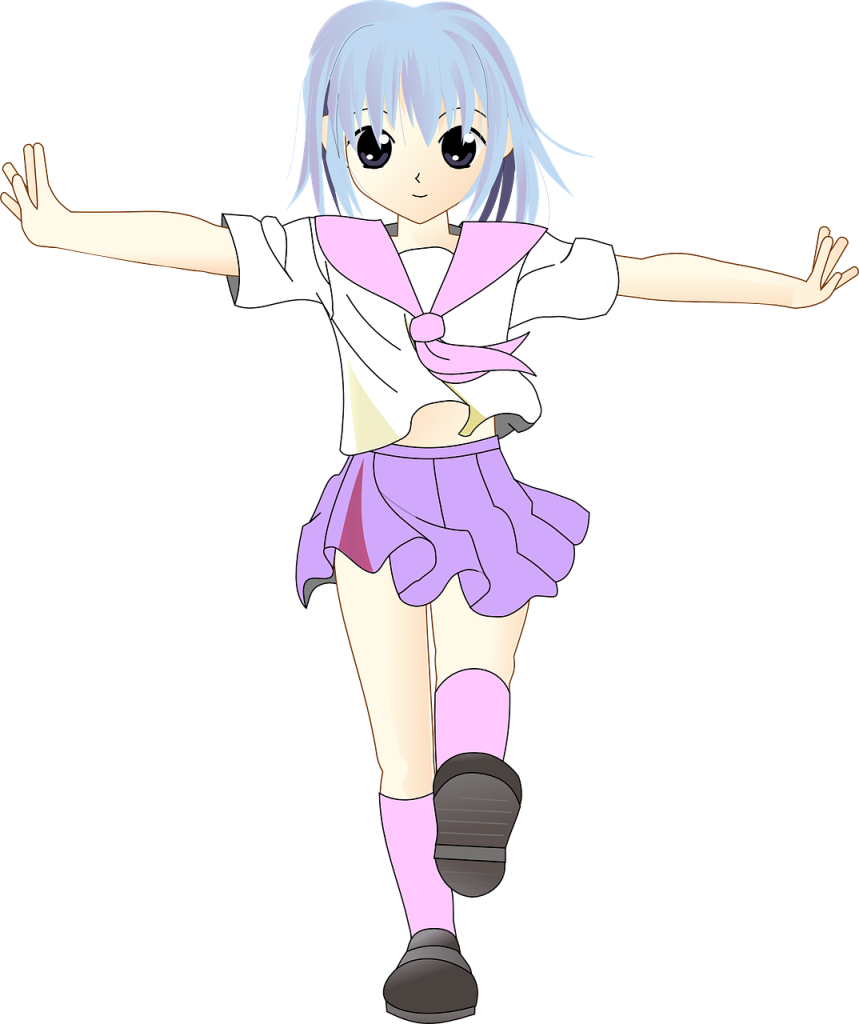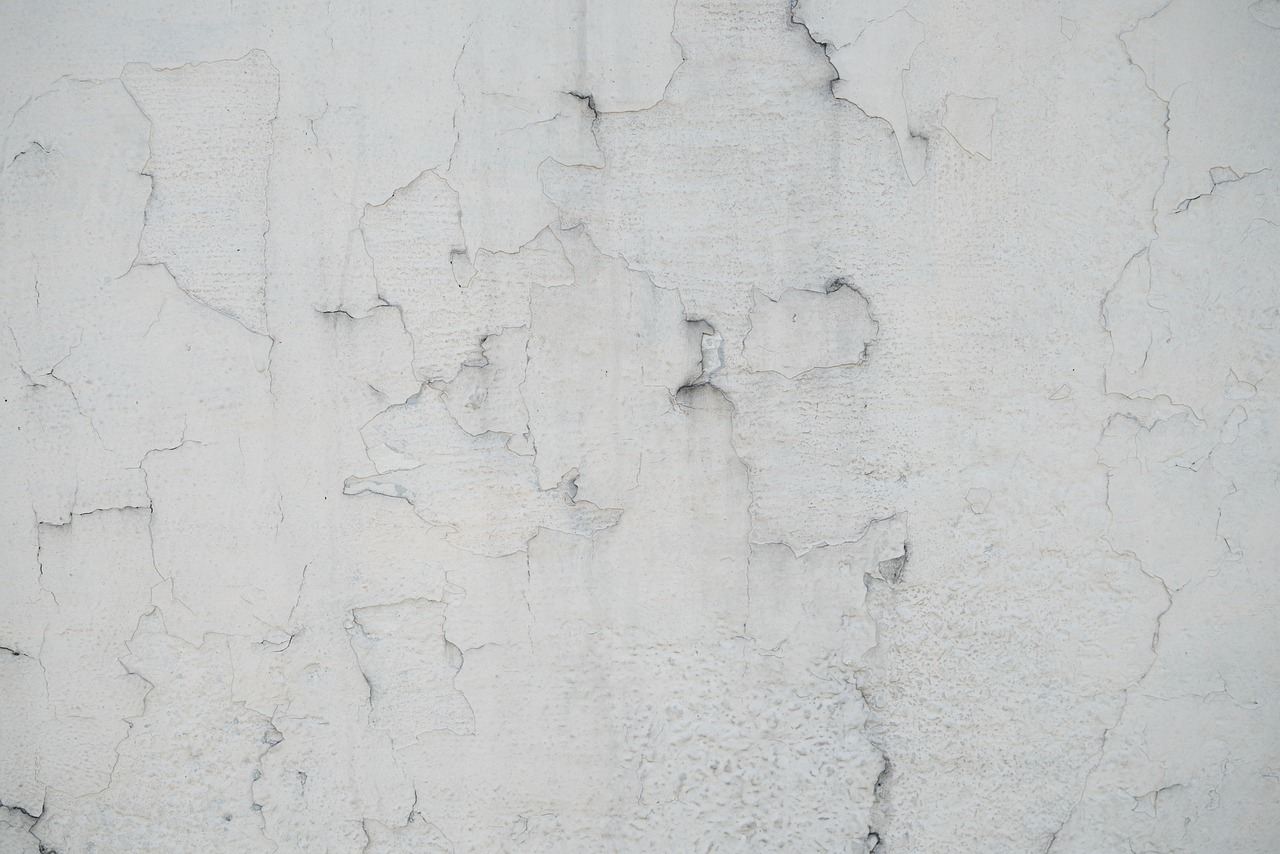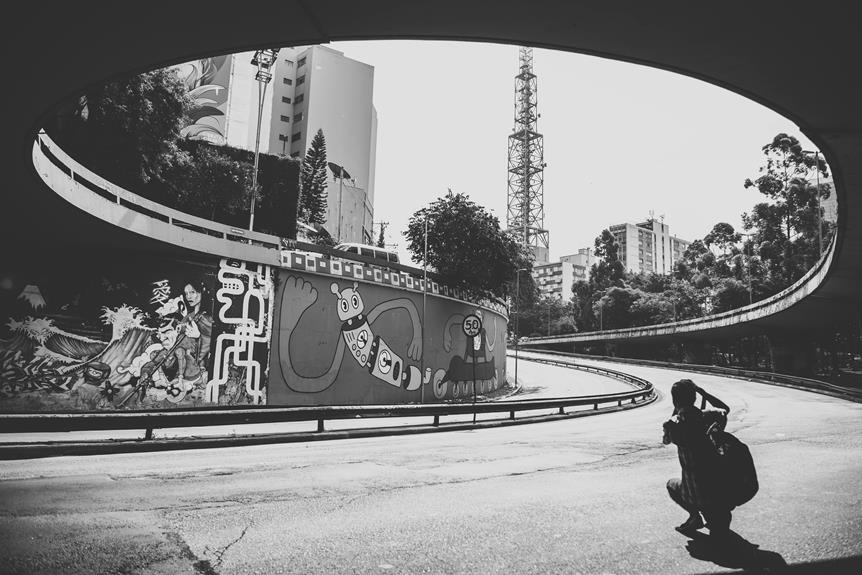Manga Art

Manga art captivates with its rich history and stunning visuals. Rooted in ancient Japanese traditions like emakimono and ukiyo-e from the 1200s, it evolved into a powerhouse by the 1920s. You’ll find distinct styles like shounen, known for bold lines and dynamic action, and shoujo, celebrated for its intricate patterns and emotional depth. Iconic artists like Osamu Tezuka and modern innovators like Eiichiro Oda have pushed boundaries with their unique visions. Whether it’s traditional ink shading or digital artistry, manga combines technique with narrative brilliance. Dive into the world of manga and discover its profound cultural impact and future possibilities.
Key Points
- Manga art originated in Japan and has evolved into a multi-billion-pound industry with global influence.
- Shounen, shoujo, and seinen are popular manga styles, each with unique artistic characteristics and themes.
- Iconic artists like Osamu Tezuka and modern innovators like Eiichiro Oda have shaped manga’s evolution.
- Manga art techniques include traditional tools like G-pens and digital tools such as drawing tablets.
- Manga art significantly influences pop culture, impacting animation, fashion, video games, and cosplay.
Origins and History
Manga art, with its roots stretching back to the 1200s, is a reflection of Japan’s enduring tradition of visual storytelling. Early influences like emakimono and ukiyo-e set the stage for its artistic evolution. Emakimono, scroll paintings, and ukiyo-e, woodblock prints, both contributed to manga’s distinctive style.
By the 1920s, manga began to take its modern form, blending these traditional elements with new techniques. Its cultural significance can’t be overstated; manga has become a powerful medium in Japan, conveying complex narratives and emotions.
The global impact is undeniable, as manga transformed into a multi-billion-pound industry, captivating audiences worldwide with its immersive quality and dynamic visuals. You see, manga isn’t just art; it’s a cultural phenomenon.
Popular Art Styles
When exploring popular manga art styles, you’ll notice distinct characteristics that define each genre.
Shounen style packs action and adventure with bold lines and dynamic poses, while Shoujo art enchants with its delicate lines and expressive, large eyes.
On the other hand, Seinen art techniques often embrace complexity and realism, appealing to a mature audience with intricate details and sophisticated themes.
Shounen Style Characteristics
In shounen art, bold lines and dynamic action scenes leap off the page, drawing you into a world of exaggerated expressions and intense battles. You’ll find yourself captivated by characters with strong, defined features, their physical prowess and determination clear in every panel.
The essence of shounen lies in its thrilling depictions of power and strength, often brought to life through energetic compositions and vibrant illustrations.
Character growth is a central theme, with heroes evolving through relentless challenges. Detailed backgrounds and impactful sound effects heighten the drama, immersing you in the storyline.
Iconic series like Dragon Ball and Naruto exemplify these elements, showcasing epic battles and the relentless pursuit of goals, making shounen manga an exhilarating experience.
Shoujo Aesthetic Elements
Step into the world of shoujo manga, where intricate patterns and delicate linework bring romantic narratives and fantasy themes to life with breathtaking elegance.
You’ll notice thin characters with big, expressive eyes that convey deep emotion, often surrounded by detailed backgrounds and dreamy atmospheres.
Flowing hair and elegant designs, popularized by artists like Riyoko Ikeda, add layers of beauty and sophistication to each scene.
The emphasis on relationships and emotional expressions captures the heart of readers, mainly female, drawing them into enchanting stories.
Shoujo manga’s aesthetic elements create a visual feast, blending romance and fantasy to charm and engage, making every panel a piece of art that speaks volumes about love and imagination.
Seinen Art Techniques
While shoujo manga enchants with its romantic elegance, seinen art techniques captivate with their intricate realism and mature storytelling, drawing you into a world where every detail speaks to depth and complexity. Seinen art, perfected by artists like Ryoichi Ikegami and Kentaro Miura, emphasizes realistic character development and precise panel layouts.
| Aspect | Description | Example Artists |
|---|---|---|
| Character Development | Nuanced expressions and mature themes. | Ryoichi Ikegami |
| Panel Layouts | Dynamic, varied, and complex arrangements. | Kentaro Miura |
| Background Details | Highly detailed, adding depth to the story pacing. | Both Ikegami and Miura |
The mature themes of crime, politics, and psychological drama are enriched by meticulous background details and story pacing, making each page a visual and emotional experience.
Iconic Manga Artists
You can’t talk about manga without acknowledging the trailblazing efforts of Osamu Tezuka, whose revolutionary art style laid the groundwork for the genre’s global appeal.
Artists like Fujiko Fujio and Shotaro Ishinomori expanded these foundations, creating beloved characters and compelling narratives that captivated audiences.
Today, their influence is unmistakable in the works of modern innovators who continue to push the boundaries of manga art.
Pioneers of Manga
Explore the world of manga, and you’ll encounter visionary artists like Osamu Tezuka and Fujiko Fujio, whose groundbreaking works have shaped the very essence of the medium.
Tezuka, the Godfather of Manga, revolutionized the genre with Astro Boy, introducing large, expressive eyes and evolving the art form’s historical impact.
Fujiko Fujio created the beloved Doraemon, weaving cultural significance into stories that have a global appeal.
Shotaro Ishinomori’s superheroic androids in Cyborg 009 and serious storytelling left an indelible mark.
Leiji Matsumoto, with Galaxy Express 999, influenced iconic series, furthering manga’s artistic evolution.
Goseki Kojima’s samurai epics like Lone Wolf & Cub intricately illustrated feudal Japan’s beauty and brutality, cementing manga’s place in both history and popular culture.
Modern Manga Innovators
Building on the foundations laid by the pioneers, modern manga innovators like Eiichiro Oda, Masashi Kishimoto, and Naoko Takeuchi have pushed the boundaries of the medium with their distinctive styles and compelling storytelling.
Oda’s ‘One Piece’ showcases a vibrant artistic evolution, utilizing digital innovations to create intricate, sprawling worlds.
Kishimoto’s ‘Naruto’ combines traditional and digital techniques, emphasizing character development and cultural impact.
Takeuchi’s ‘Sailor Moon’ revolutionized the magical girl genre, blending artistic evolution with themes of empowerment.
These artists have achieved global recognition, influencing countless creators and fans worldwide. Their works transcend cultural barriers, illustrating the universal appeal of manga and its ever-evolving landscape.
Techniques and Tools
Mastering manga art involves a blend of traditional and digital techniques, each requiring specific tools that bring your illustrations to life. Ink shading and digital coloring are essential for adding depth and vibrancy. For character design, pen techniques like cross-hatching and stippling come in handy. Tools like G-pens and Copic markers are staples in your traditional art kit, while drawing tablets and Clip Studio Paint elevate your digital game. Understanding panel layouts and dynamic poses is key to engaging storytelling.
| Tool | Traditional Use | Digital Use |
|---|---|---|
| G-pens | Detailed inking | Not applicable |
| Copic markers | Vibrant coloring | Not applicable |
| Drawing tablets | Not applicable | Precision drawing |
Embrace these techniques and tools to create compelling manga art!
Influence on Pop Culture
Manga art’s vibrant characters and dynamic storytelling have left an indelible mark on pop culture, transforming everything from animation and fashion to video games and cosplay. You can see its cultural impact in:
- Fan communities: People worldwide bond over shared passions, creating lifelong friendships.
- Crossover collaborations: Brands and artists merge manga aesthetics with diverse mediums, sparking artistic evolution.
- Cosplay: Fans bring characters to life with stunning accuracy, turning conventions into visual spectacles.
This artistic evolution isn’t just limited to enthusiasts; it’s reshaped the entire entertainment landscape. The iconic big eyes and unique hairstyles of manga characters are now universal symbols. Even video game design and animated series draw heavily from manga’s dynamic poses and visual storytelling techniques, showcasing its pervasive influence.
Future of Manga Art
As we look to the future, the fusion of digital advancements and manga art promises to revolutionize how you experience these compelling stories.
Digital storytelling is transforming with VR and AR, offering immersive experiences that let you step into the manga world. Imagine interacting with characters and exploring scenes in 360 degrees!
Collaborations between manga artists and AI technology are pushing the boundaries, creating innovative art styles and narratives. Globally, manga is adopting diverse cultural influences, enriching its evolution.
Sustainability initiatives are also gaining momentum, focusing on eco-friendly materials and practices. These advancements guarantee that manga art remains dynamic, engaging, and environmentally conscious, opening new horizons for your reading journey.
Frequently Asked Questions
What Is Manga Style Art?
You’ll find manga style art is all about expressive character design and dynamic panel layout. It captures emotions with intricate details and creates immersive stories, making each panel a burst of life and action.
What Is the Difference Between Anime and Manga Art?
You’ll notice anime offers dynamic audiovisual experiences, while manga art is more intricate and detailed. Both have deep cultural impact and historical origins in Japan, but manga engages readers at their own pace, unlike anime.
What’s a Manga Artist Called?
You call a manga artist a ‘mangaka.’ They bring their stories to life using artist tools and often showcase their work at manga conventions. Mangaka blend unique styles with compelling narratives, capturing readers’ imaginations worldwide.
How to Practice Manga Art?
To practice, focus on character design and inking techniques daily. Use online tutorials, reference images, and books to refine your skills. Experiment with various styles and seek feedback from peers to continually improve and innovate.
Conclusion
You’ve explored the vibrant world of manga art, uncovering its rich history, diverse styles, and influential artists. With your new understanding of techniques and tools, you can see how deeply manga permeates pop culture.
As you look to the future, imagine the endless possibilities for innovation and expression. Manga’s legacy isn’t just ink on paper; it’s a dynamic, evolving art form that continues to captivate and inspire.
Immerse yourself, create, and become part of this extraordinary narrative.
Author: Victoria Williams

